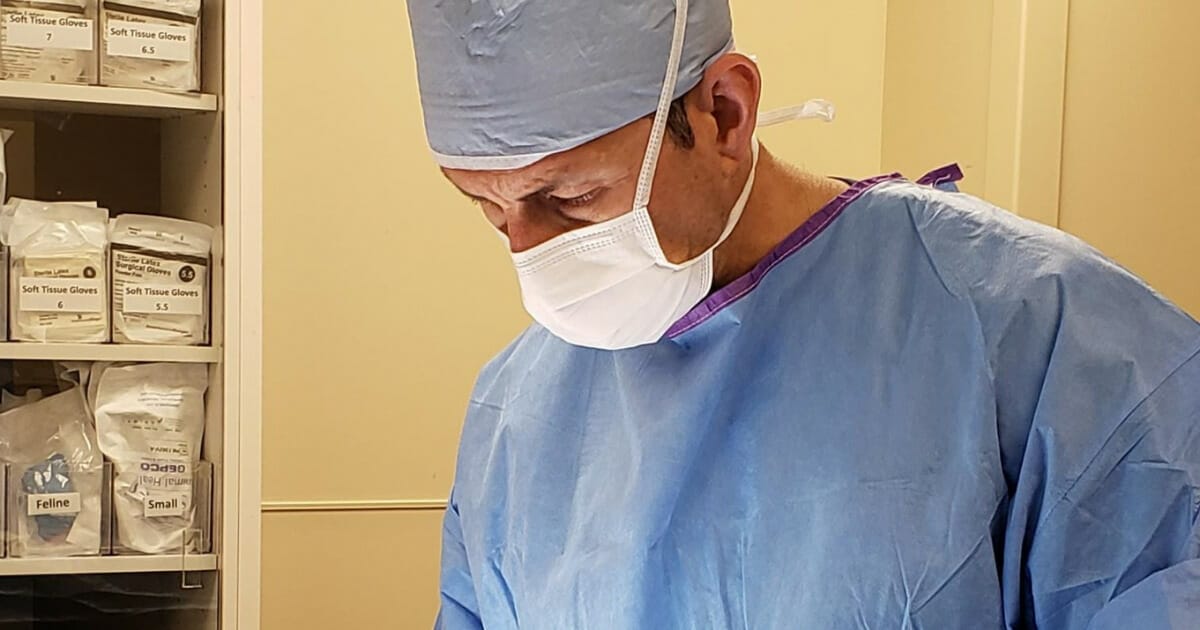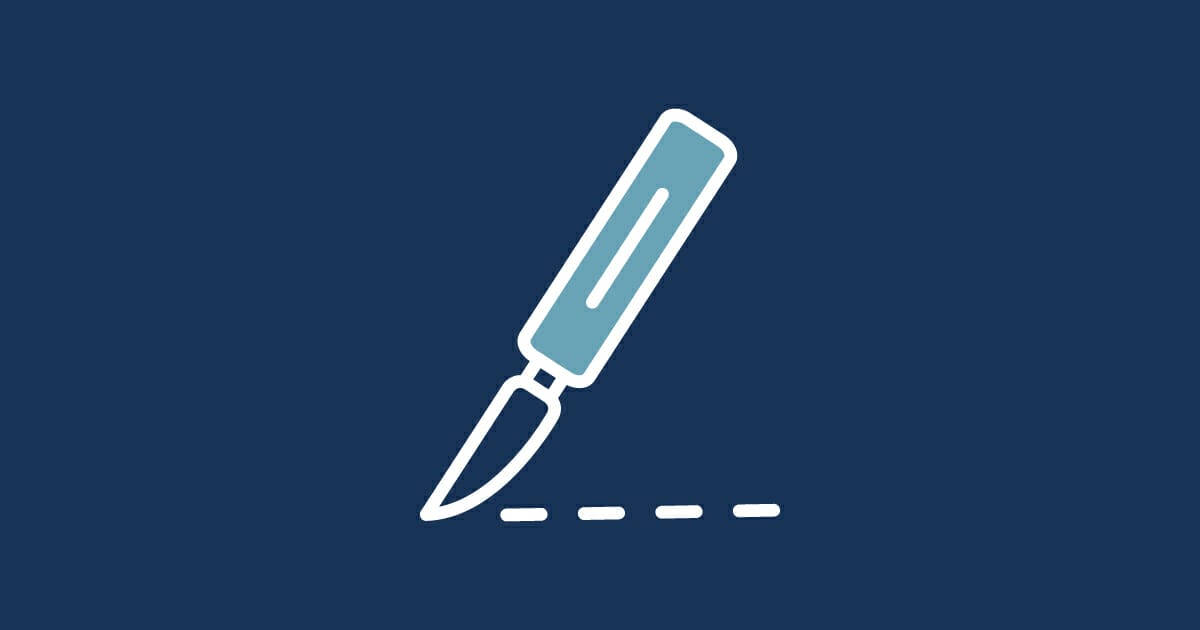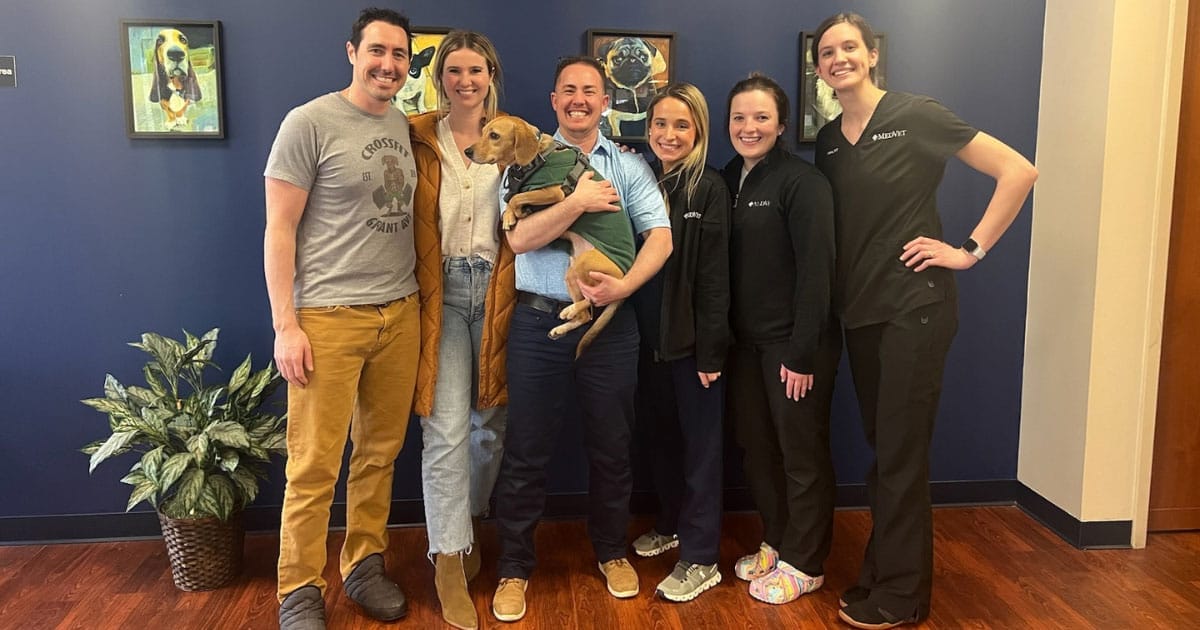Post Surgery: What to Expect for Your Pet
At some point in a pet’s life, they may require surgery. Learn what to expect and watch for in your pet post surgery.
At some point in a pet’s life, they will likely require surgery. This may be a routine spay or neuter, a dental cleaning, or secondary to an illness or injury. Although this can be a worrisome time for you, knowing what to expect and watch for in your pet post surgery can relieve some of this stress.
Sleepiness Post Surgery
If your pet comes home the day of surgery, it is normal for them to be sleepy. However, they should always be rousable, or in other words, easy to wake. The following day, your pet should be much brighter and interactive.

Not Eating
It is normal if your pet does not eat the day of surgery, but they should be eating by the following day without vomiting. You may be tempted to spoil your pet with new or excessive treats when they are recovering, but you should avoid fatty foods or extra treats. The anesthesia, go-home medications (such as anti-inflammatories and antibiotics), and potentially the reason for the surgery can make them prone to an upset stomach. Try to give any medications with a small amount of food. Foods and treats they are not used to can increase the chances of vomiting, diarrhea, or decreased appetite. So instead of extra treats, shower them with extra love and attention.

Irregular Bowel Movements and Regurgitation
You’ll want to pay attention to your pet’s bathroom habits after surgery. Soft stool can be common due to stress and medications, but call your doctor if diarrhea occurs. You may also find the opposite is true and your pet has trouble having a bowel movement. It is very common for animals to not have a bowel movement for one to three days after surgery and not of concern if they are otherwise comfortable, eating, drinking, and not straining to have a bowel movement.
Regurgitation is where an animal “spits up” without vomiting. There are no abdominal contractions prior as is the case with vomiting. This can happen randomly, after drinking or eating, or when burping. It is most common after stomach or intestinal surgeries such as foreign body removal. This typically resolves one to three days after surgery. If improvement is not noted or if it occurs more than one or two times, contact your veterinarian.
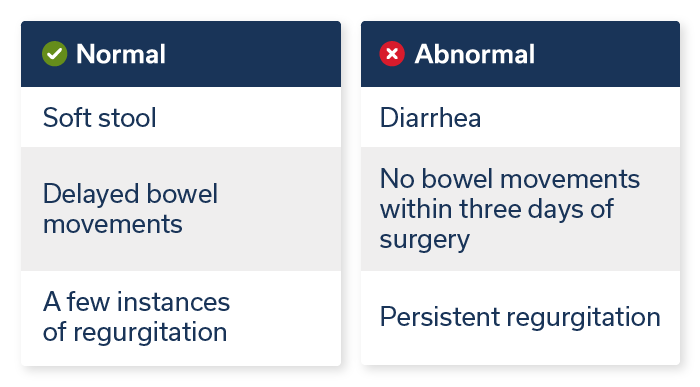
Pain Post Surgery
Animals can show signs of pain in many ways. Sometimes obvious signs include crying, restlessness, unwillingness to lie down, excessive panting, difficulty getting up, or aggression. Other more subtle signs can be hiding, sitting or lying with their bodies tightly tucked up, or lack of normal grooming (especially in cats). You can learn more about signs to look for in cats and signs to look for in dogs.
Because pain is not always detectable, be sure to follow instructions for prescribed pain medications even if the pet is not overtly uncomfortable. If the pain cannot be controlled, contact your veterinarian for additional pain medications or for re-evaluation as this may be a sign of a potential complication.

Incisions
The incision should be checked at least twice a day for swelling, discharge, opening, or discoloration. A small amount of redness, swelling, and bruising can be normal. Please call your doctor if these are significant, the incision is warm, there is discharge, or if the skin feels cool, thin, or appears black or gray in color.
Initially, the incision will be sore despite pain medication. Icing the incision with an icepack or a bag of frozen vegetables (peas are best as their shape allows the bag to conform to the area of application) can help relieve swelling and discomfort. Be sure to put a towel between the animal and the ice, as direct contact can be irritating and do not leave your pet unattended. This can be done two to four times a day.
As the incision heals, it will start to itch. Your pet will likely want to lick. Contrary to popular belief, licking the wound does not aid in healing. The repeated pressure can cause inflammation, and the moisture and bacteria from the animal’s mouth can cause infection. Aggressive licking or chewing can open the incision causing delays in healing or even requiring additional surgery and anesthesia.
An Elizabethan collar, or e-collar as it is commonly called, is an effective way to prevent licking. If the incision is on the animal’s trunk, a T-shirt or baby onesie can be a comfortable way to protect the incision.
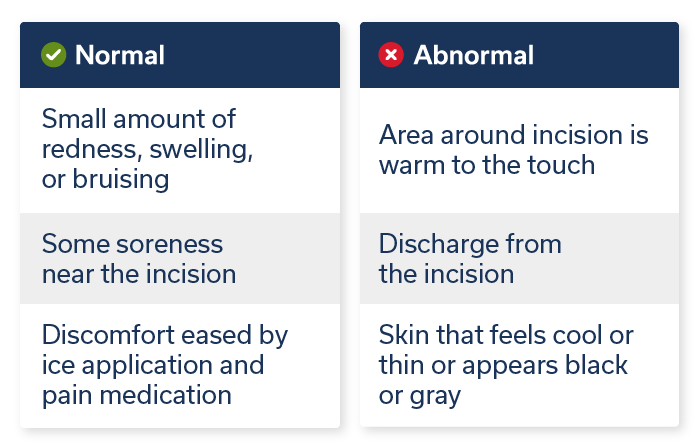
Activity Level
It is important to keep your pet’s activity level to a minimum for the first 10-14 days after surgery. Activity puts tension on an incision and creates inflammation that can lead to opening of the incision or formation of a seroma. A seroma is a fluid pocket between the skin and the underlying tissue. This can delay healing and possibly turn into an abscess. With orthopedic procedures, overactivity can lead to breakage of the hardware (plates, wires, pins, or screws) and the slowing or stopping of healing in the bone.
Your pet should be confined in a crate or small room. Dogs should always be on a leash when walked outside to go to the bathroom, then brought right back inside to rest. Regular exercise or training should be paused at this time. Avoid leaving pets unattended on beds or furniture to prevent them from jumping down. Interactive toys (i.e., Kongs filled with frozen peanut butter or canned dog food) can be a helpful way to entertain a high energy dog.
Some pet owners are tempted to withhold prescribed pain medication under the misconception that pain will keep the animal calm. However, pain has been found to slow healing in addition to causing the animal distress. If necessary, anxiety medications such as trazodone can be prescribed the help keep animals relaxed during their recovery.
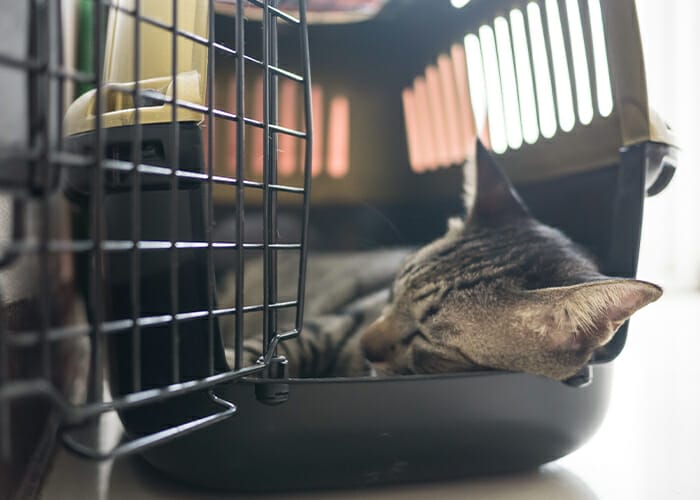
When to Seek Post-Surgery Emergency Care
There are a few concerns that require emergency veterinary care if noted. With any of these conditions, please seek veterinary care immediately regardless of the time of day.
- Pale gums can be an indication of blood loss or poor circulation.
- Bluish-purple gums or an increase in breathing rate or effort may mean respiratory distress.
- An open incision is also a concern. Attempt to cover the area with bandage material or even a clean towel, especially if there is tissue protruding.
Helping Your Pet Heal
Our pets give us unconditional love every day, so we want to do our best to take care of them. When they need extra TLC, like after having surgery, it’s helpful to know what is normal and when we should be concerned. Every surgery is different, so be sure to follow any discharge instructions from your veterinarian. If you have concerns or questions about your pet’s healing, you should contact your veterinarian. If it’s after hours or you’ve noted any of the emergency situations listed above, you should contact your nearest MedVet with questions or concerns.
FAQs
Contents

